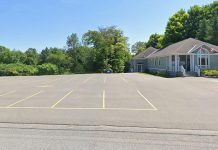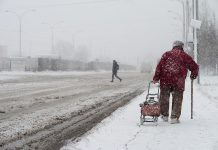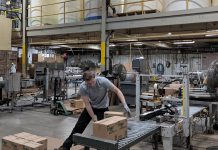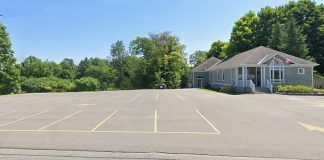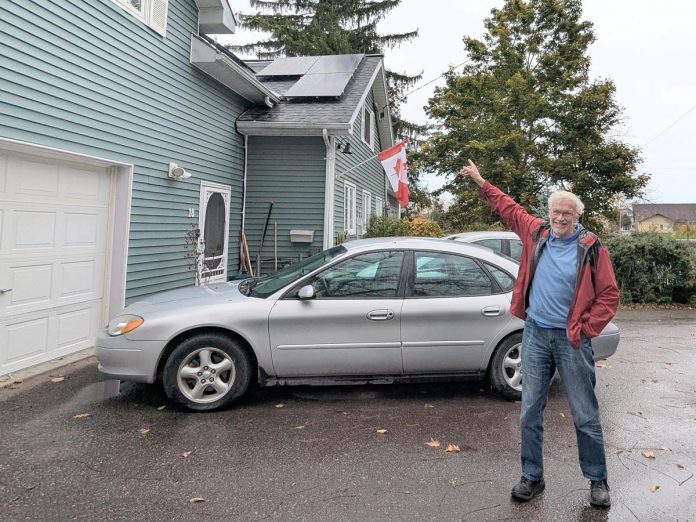
While rooftop solar power has been a common sight in residential neighbourhoods in Peterborough for many years, battery backup systems that work with solar panels are also becoming increasingly popular.
When asked about batteries by a potential client, Generation Solar co-owner and vice-president JP Pawliw seeks first to understand the client’s motivation, while dispelling some common misconceptions.
“The first priority for a battery system should be backup power when the grid goes out,” says Pawliw. He explains, however, that batteries are not in fact a requirement for a grid-connected solar system.
There are two basic ways that grid-connected residential solar systems can operate in Ontario. The first uses net-metering which allows homeowners to produce more solar energy than they use in the summer, then apply that credit in the winter when production is lower. This way, a home can achieve net zero — producing as much electricity as it uses.
Another model, currently being incentivized through the Home Renovation Savings Program, is known as load displacement. In this system, a homeowner uses the electricity produced by their own solar panels, though they do not receive credit for the excess energy produced.
If batteries are installed, however, the homeowner can charge them through their solar panels and use that power at night rather than buying from the grid. This is known as “solar shifting,” and can be combined with backup power. This program is a key driver of the uptake of batteries.
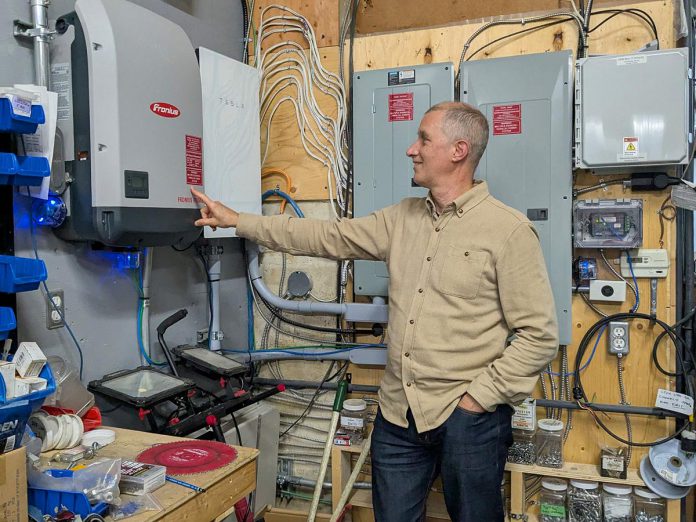
Pawliw says that there are many factors to consider when choosing a battery backup system.
“Batteries can be designed to back up a partial load or the whole home load, but loads can be quite variable depending on what is in the home and the weather,” he says.
“We generally design them to last for one to three days when the grid is out, while they may last longer if they are able to recharge with the solar panels.”
Generation Solar’s office is equipped with a solar and battery backup system that has been tested with extended power outages on two different occasions.
“After the May 2022 derecho storm, the weather was great and we had power at the office all week because the battery was able to recharge every day,” says Pawliw. “But in this year’s ice storm, the weather was terrible in the aftermath, so the battery only lasted for a day.”
Homeowners considering batteries also need to find an appropriate place for them, as the smallest batteries are around the size of a large suitcase. Most batteries must also be kept above freezing temperatures.
“The preferred place for a battery is in a garage or a separate building,” says Pawliw. “If they’re to be placed in a basement, they need to be in a dedicated, finished utility room with a self-closing door.”
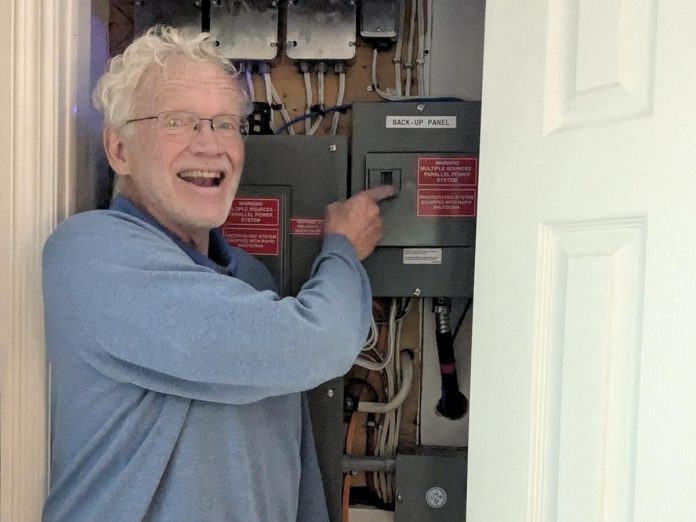
Lakefield resident Guy Hanchet recently worked with Generation Solar to install rooftop solar panels with a battery backup system — a key selling feature having experienced extended power outages twice in the last three years.
“We have four circuits connected to the battery: the internet, the fridge, the microwave, and the TV,” says Hanchet.
While the battery is not large enough to power his electric heat pump in the event of an outage, he has an alternative heat source in his woodstove.
Hanchet expects to produce about half of his annual electricity using solar, despite not having an ideal unobstructed south-facing roof face.
He sees this new system as a valuable upgrade to his home that increases resilience. The payback on the system comes through fixing his electricity costs over its lifetime (at least 30 years). For Hanchet, it’s not about direct financial payback.
“Lots of people buy motorcycles, premium packages for their cars, or even generators — none of which have any payback,” he says. “I wanted the solar panels for my home because it’s the right thing to do, and they bring me satisfaction.”
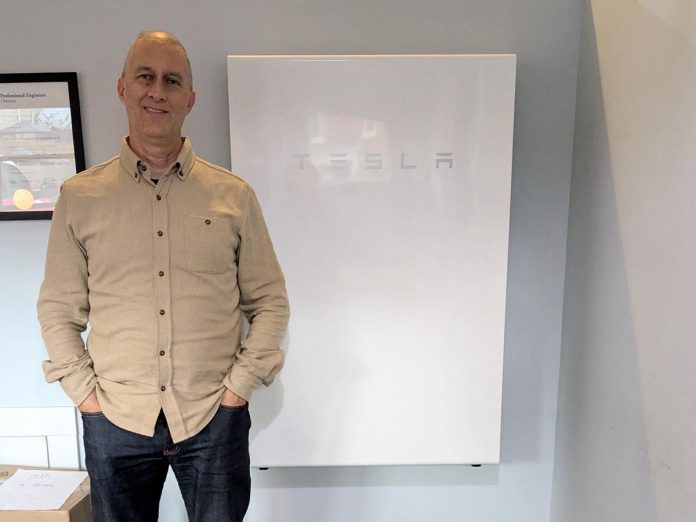
GreenUP has several upcoming workshops on home energy related topics.
“Learn All about Heat Pumps!” takes place in person from 6:30 to 8 p.m. on Tuesday, November 4 at the Cavan Monaghan Community Centre, featuring Cory Rawn of 123 HVAC, and online from noon to 1 p.m. on Friday, November 7, featuring Shane Switzer of Kawartha Eco Climate Control. One participant residing in Peterborough County will win a free EnerGuide assessment.
Peterborough landlords are invited to “Energy Efficient Rentals,” a workshop hosted by Better Homes Peterborough from 6:30 to 8 p.m. on Wednesday, November 12 at the GreenUP office in downtown Peterborough.
Visit greenup.on.ca/events/ for details and registration links.
Generation Solar is a member of GreenUP’s Green Economy Peterborough (GEP) program. Learn more about GEP at www.greeneconomypeterborough.ca.


